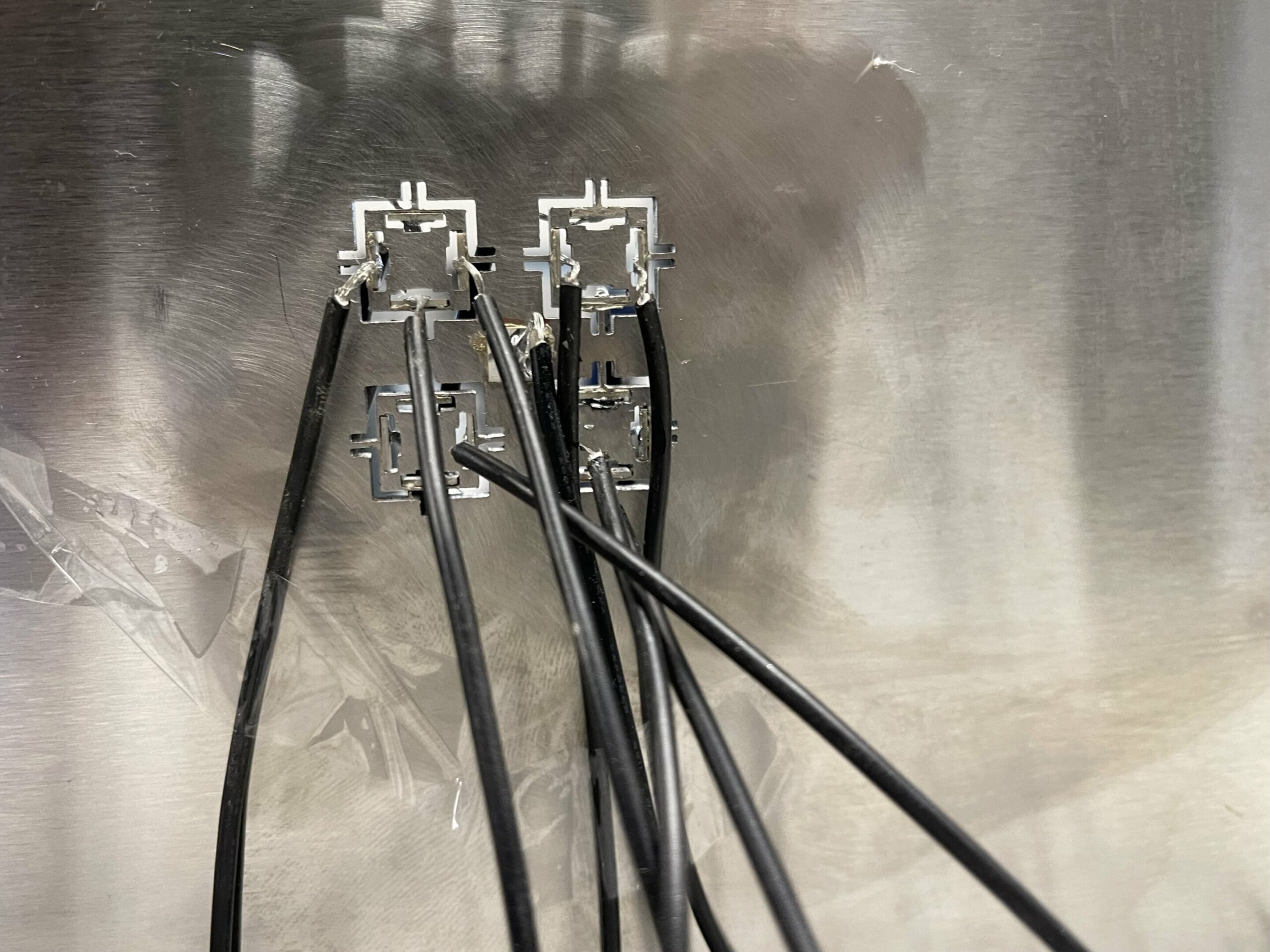Metamaterials, an artificial material that exhibits unconventional properties, have been a topic of study for over a decade. Guoliang Huang, the Huber and Helen Croft Chair in Engineering at the University of Missouri, has been investigating metamaterials in his aim to design an ideal metamaterial. Huang’s goal is to control the “elastic” energy waves traveling through larger structures, such as airplanes, without using light and small “metastructures.” In Huang’s latest study, he and his colleagues have developed a prototype metamaterial that uses electrical signals to control the direction and intensity of energy waves passing through a solid material, bringing them one step closer to their goal.
The Unconventional Properties of Metamaterials
Metamaterials are artificial materials that exhibit properties that are not commonly found in nature as defined by Newton’s laws of motion. Huang’s aim is to control the “elastic” energy waves that travel through larger structures. In the past, conventional methods have had many limitations, including size and weight. Huang has been exploring how to use a lightweight material that is small but can still control the low-frequency vibration coming from larger structures, such as an aircraft.
Huang and his colleagues have developed a prototype metamaterial that uses electrical signals to control both the direction and intensity of energy waves passing through a solid material. The odd mass density of the metamaterial provides an unconventional way to customize the design of an object’s structural dynamics or properties to challenge Newton’s second law. This metamaterial could be beneficial in monitoring the health of civil structures such as bridges and pipelines as active transducers by helping identify any potential damage that might be hard to see with the human eye.
Potential applications of the metamaterial include military and commercial uses such as controlling radar waves by directing them to scan a specific area for objects or managing vibration created by air turbulence from an aircraft in flight. Huang’s goal is to help control the “elastic” energy waves traveling through larger structures, such as airplanes, without using light and small “metastructures.”
Huang and his colleagues have made significant progress in their pursuit of designing an ideal metamaterial with the development of a prototype metamaterial that uses electrical signals to control the direction and intensity of energy waves passing through a solid material. The potential applications of their innovative design include military and commercial uses, such as controlling radar waves and managing vibration created by air turbulence from an aircraft in flight. The odd mass density of the metamaterial provides an unconventional way to customize the design of an object’s structural dynamics or properties to challenge Newton’s second law.


Leave a Reply